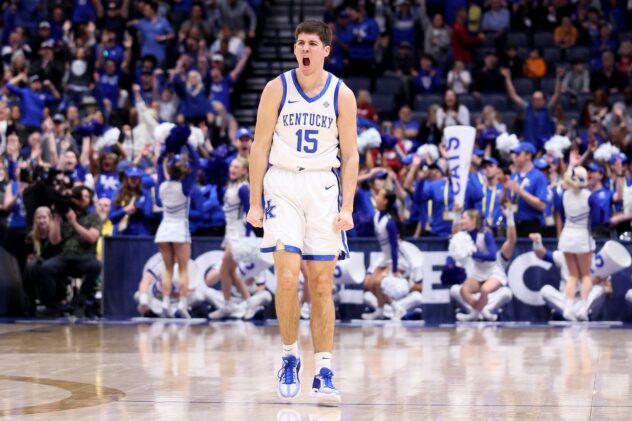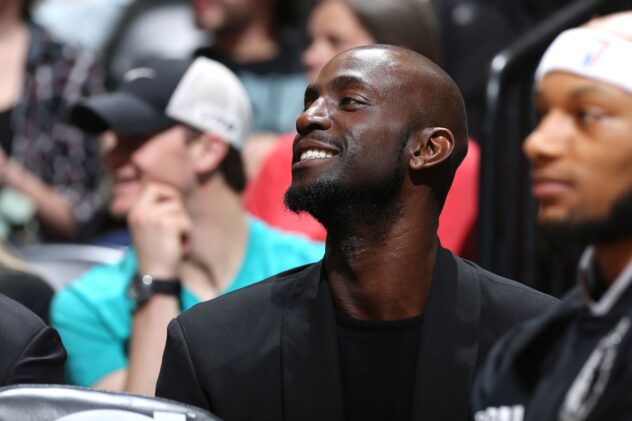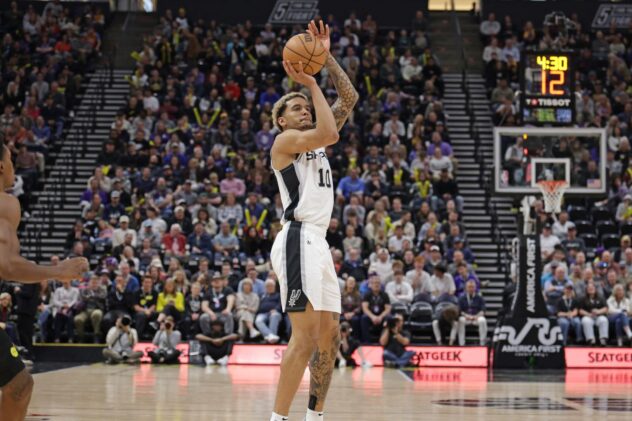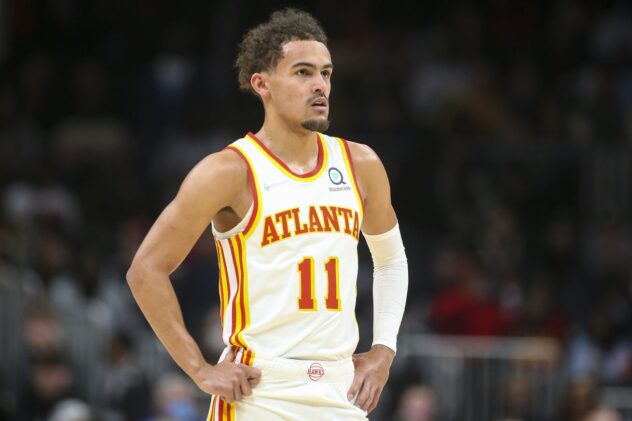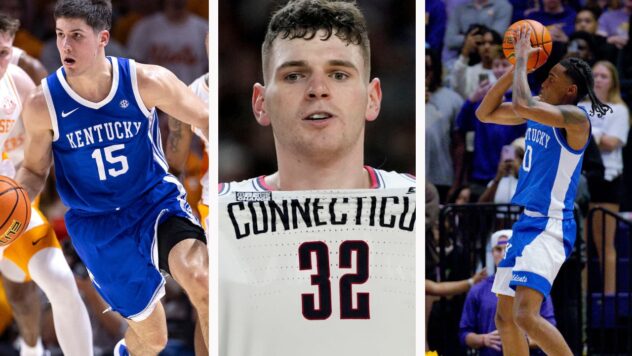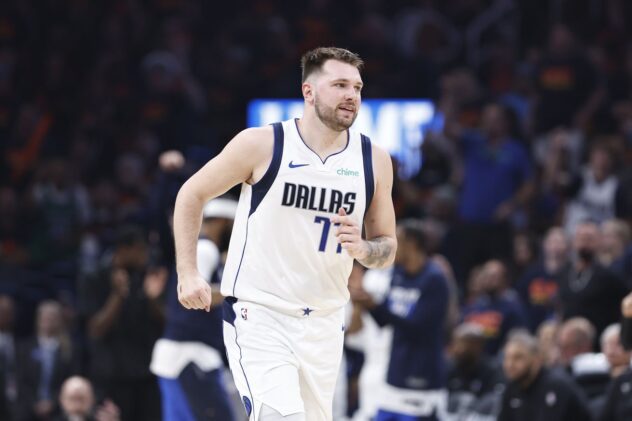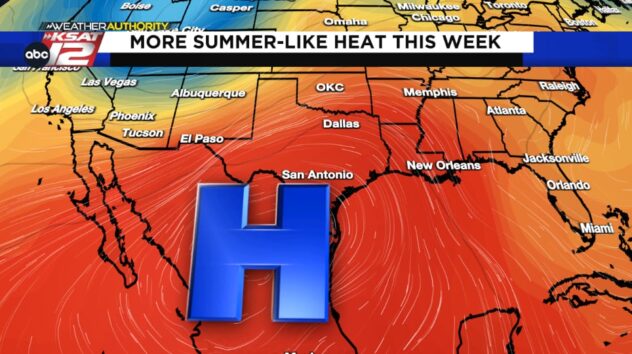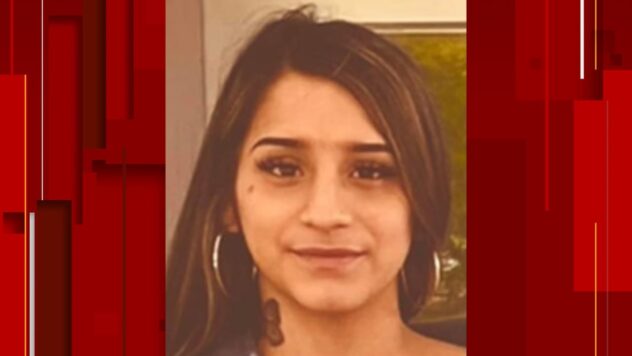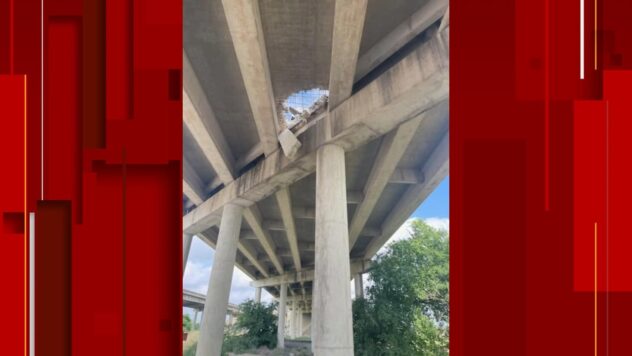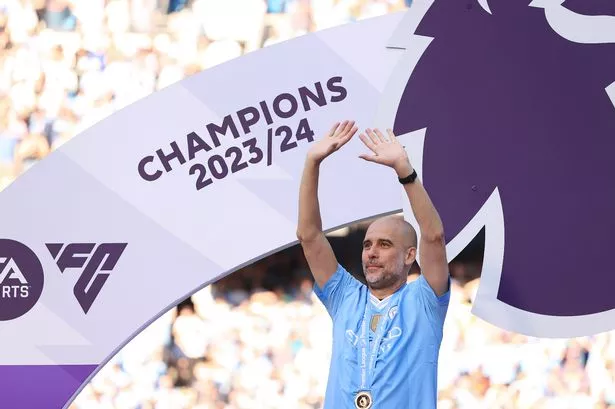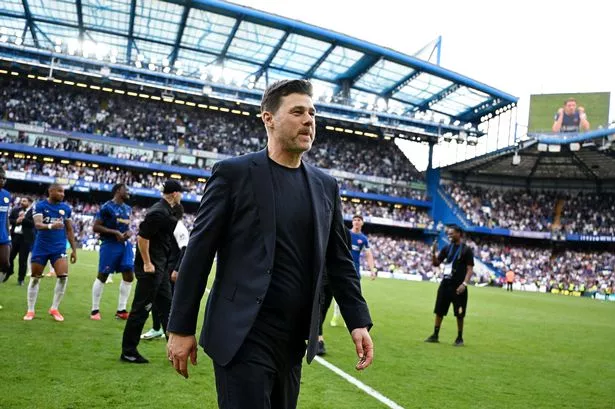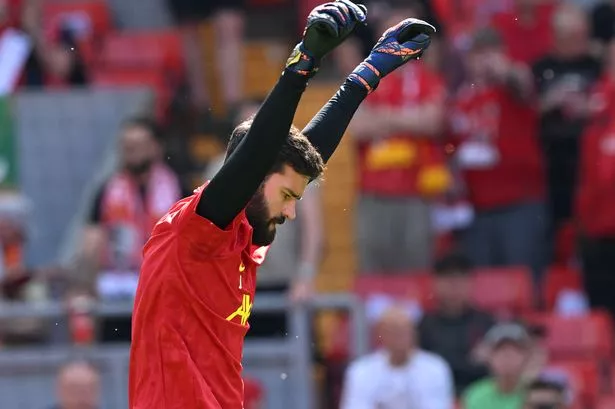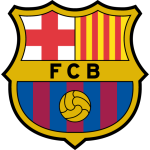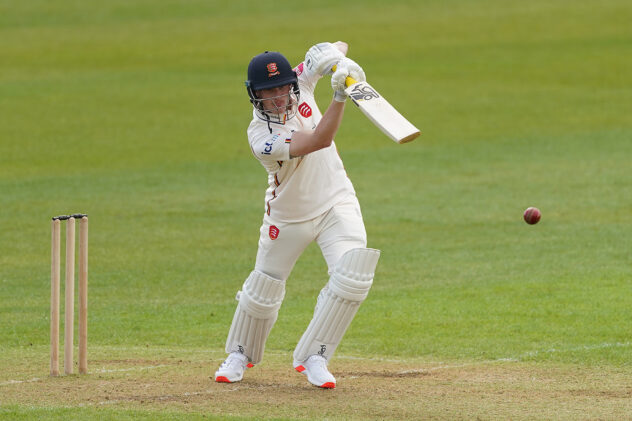How opponents are taking advantage of the Spurs’ poor defensive rotation
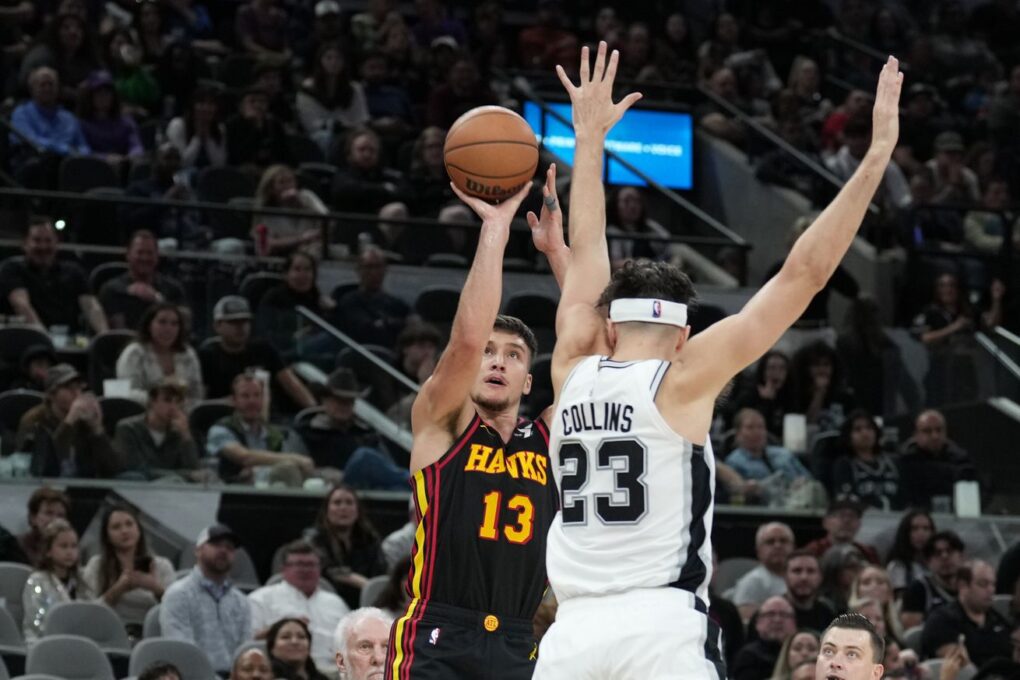
The numbers back up what we’ve all seen: poor rotation is dooming the Spurs on defense.
While fans might have developed some more patience regarding the Jeremy Sochan-at-point-guard experiment or understanding how Victor Wembanyama will fit into the offense, the accumulating losses are beginning to become frustrating. As a result, I wanted to research the weak points in the Spurs defense as well as highlight what has been working well to see what they can do to improve moving forward.
The data I looked at simply split opponent shooting by 2-pt and 3-pt attempts. Within each of these categories, we can dissect how each team’s opponents are doing based on 1) the distance of the closest defender, and 2) whether these shots are pull ups or catch-&-shoot jumpers.
The graph presented below showcases the frequency and accuracy at which a team’s opponents make their two-point shots. I have further separated the data based on the distance of the closest defender. The categories are 0-2 ft (tight), 2-4 ft, 4-6 ft, and 6+ ft (wide open).
/cdn.vox-cdn.com/uploads/chorus_asset/file/25131899/2d.png)
In line with expectations, the Spurs allow an above average two point make rate regardless of the distance of the closest defender. I was predicting a bit of deterrence in the paint, especially with Wembanyama and Zach Collins being solid rim protectors, and this can be proven by the very low frequency of shots taken when the closest defender is 2-4 feet away. Opponents should feel similar pressure to find a better shot considering the Spurs have some length wings, however, their frequency for 0-2 feet would counteract that point, and if we dive further into that, these are opponent finishes over smaller guards such as Tre Jones and Malaki Branham.
On the positive side, the Spurs are about average in not allowing wide open two-pointers. Overall they rank 5th in allowing shots within 5-9 feet of the rim and 13th in shots allowed within 10-14 feet. They allow a worrying amount of points in the paint, but we can further investigate this. They allow 27.7 attempts in the restricted area (7th worst in the league) on 67.9% shooting (also 7th worst). They allow just 15.3 attempts from non-RA shots in the paint (5th best), but allow 46.2% of shots to go in (7th worst again). So there is a difference in the defensive impact key players can have in scaring off these shots, but without them, opposing offenses know how they can take advantage.
Looking at some other teams, Chicago has struggled with closing out the most, and Houston has allowed the least amount of open shots. Even then, the Rockets have been good (or lucky) with the fact that wide open shots from opponents are not falling. Washington allowing a high FG% on open looks makes sense given the current state of their team. Out of every team’s best scoring duo, Kyle Kuzma and Jordan Poole rank last in net rating. It is also peculiar to see the Clippers and Bucks, two teams usually renowned for their defense, allowing so many wide open looks.
Now diving further, we separate the 2 point attempts by catch-and-shoot types and pull up jumpers. The graph below shows this split while keeping the same axes of frequency allowed, and FG% of opponents.
/cdn.vox-cdn.com/uploads/chorus_asset/file/25131903/2s.png)
First, the obvious: most two-point jumpers are off the dribble, typically in isolation, off a screen to create a separation, or fades in the post. San Antonio has a very interesting dynamic here where they allow the 9th most attempts in catch-and-shoot but are pretty good in defending it, with 45.5% of them going in (8th best). This could be a possible lure of opponents thinking they have better space than they actually do.
Meanwhile, the Spurs allow the fourth highest FG percentage on pull-ups. Key wing defenders such as Keldon Johnson, Sochan and Devin Vassell were supposed to be vital in locking down top scorers but have been struggling to slow them down. I wouldn’t be surprised if opponents continue to feed the ball to their stars and see the pull up frequency continue. Orlando and New Orleans both have oversized rosters at the forward and center positions and could further prove this theory because they shut down pull attempts from inside the arc.
Next is the three-point shot, which has largely taken over the NBA. The ability for a team to drive opposing shooters off the line and force long twos or contested shots at the rim can be tremendous at keeping momentum in the game. The graph below showcases the three-pointers made and is split by the distance of the closest defender.
/cdn.vox-cdn.com/uploads/chorus_asset/file/25131907/3d.png)
No team has attempted to shoot a three yet with a tight contest against the Spurs. There is a clear preference for putting the ball back on the ground or swing passing rather than attempting the shot. This is a highlight for the Spurs, showing that when they do close out well, it is highly effective. However, claiming that they also have the lowest FG is not entirely accurate as there are no attempts to base that off of.
But that separation can be a major difference. As we move to the 2-4 ft category, the Spurs now allow the highest percent of threes made, showing that this distance is substantial enough for shooters to feel confident again. In a similar situation for the 4-6 ft range, the Spurs allow a high percentage of threes to fall. In both of these categories however, they fall below the league average in the rate at which they allow them.
Now the dagger. San Antonio falls behind only Chicago in the amount of wide open threes allowed. Whether this is game plan or poor rotation and closing out can be speculated, but considering the Bulls are also trying to blow things up at the moment, it is not a good look.
We again can speculate on Ime Udoka’s transformed Rockets. They allow the lowest FG% for both wide open and almost open looks. I expect that to regress closer to the average as the frequency at which their opponents shoot these shots isn’t extremely low, which would suggest it’s not an exceptional close out ability causing this.
Miami, a team that has usually had a stout rotating defense, ranks top five in allowing threes overall. Teams aren’t shooting spectacularly against them, just above average, but there seems to be a clear strategy to shoot more than normal when playing the Heat.
Again, we can now break this down into catch-and-shoot attempts versus pull-ups.
/cdn.vox-cdn.com/uploads/chorus_asset/file/25131910/3s.png)
As you might have guessed, teams are more likely to shoot off the catch rather than the dribble when it comes to threes. While the Spurs are 10th in catch-and-shoot threes allowed, they allow a worrying 41.4% make rate, ranking third worst. Usually only elite shooters make over 40% of their threes in a season, and the Spurs are essentially providing opportunities for average players to shoot at that level. As mentioned before, the ability to close out can greatly impact this — nobody has yet to attempt a shot when they are locked down by the Spurs — but these numbers are largely influenced by the number of times they are left open or almost open. The Spurs are better about allowing pull up jumpers, ranking 13th in the league, but they still allow the sixth worst FG% at 36.6%.
Another finding that has been difficult to cope with is that youth and inexperience cannot always be the default excuse. Throughout these charts you will notice that the Thunder and the Magic, who also have pretty fresh rosters, allow very few open shots and are top five in opponent FG% in almost every category. The Pacers are also a fascinating scenario as they allow an even worse FG% than the Spurs in multiple categories, but their astronomically high offensive rating has been delivering them success and a top seed in the in-season tournament.
Ultimately, there are issues in every zone on defense for the Spurs, and they can’t rely on the menacing big men to be the sole deterrent either in the paint or on the perimeter. The Spurs can sometimes force opponents to pass up shots they would normally take, but the rotation after that contest is slow enough that it is creating better opportunities that opponents will continue to take advantage of. Fix that issue, and the defense should start to improve.

